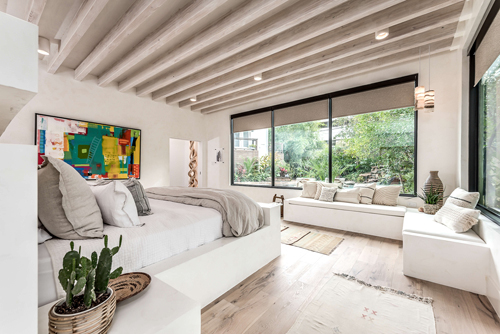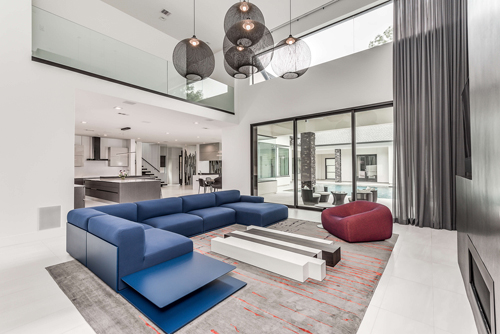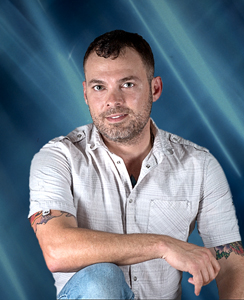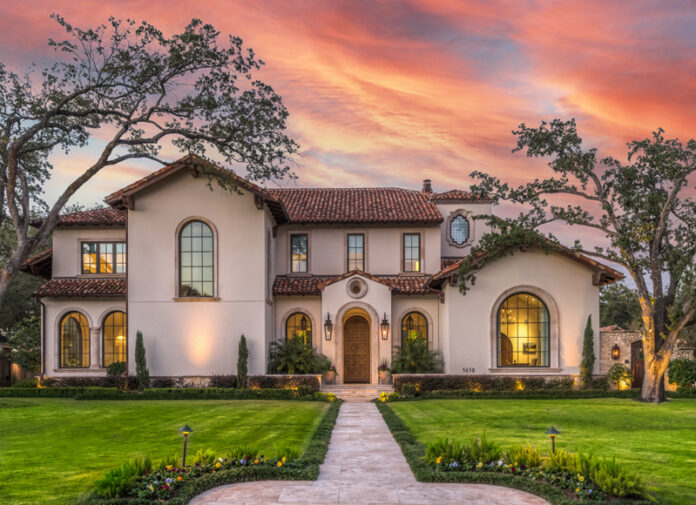Keeping It Simple
by Patrick Bertolino
Real estate photography and architectural photography are two different beasts. I used to think I wanted to be an architectural photographer as the genre is a bit more highly esteemed, but eventually accepted that my niche was in real estate photography and that there was absolutely nothing wrong with that. There is a lot of merit in real estate photography, and it has an entire host of its own challenges. That being said, these two genres have very different approaches when it comes to technique. With 17 years experience in the field I have created my own techniques for shooting a listing that follow one mantra: keep it simple. One of the earliest mindsets I have adapted to was to keep my sessions lightweight, easy and automatic. This allows me to capture a full report of great images without having to spend all day on site before editing for a next day delivery. “Traveling light” (no pun intended) is the way.

Let’s start with the absolute necessary gear – first things first, you must have a tripod, particularly when shooting interiors. I have a Gitzo Series 2 Carbon Fiber Traveler with an Arca Swiss Monoball head. I know a lot of people use larger tripods with geared heads, but this is once again a lightweight and simple option and gives me the versatility I need. When I shoot exteriors, I shoot hand held since the exposures are much shorter. This allows me to move around quickly, or get low and frame some more creative compositions, such as a pool surrounded in lush greenery. Second, you should use a camera body you are comfortable with and has a fairly decent dynamic range. Personally, I’m a Nikon man and my primary body is the D750. The D750 is not the latest and greatest but I don’t feel limited by it. Last but not least, you must have a wide angle lens, ideally native to your camera. I have the Nikkor 14-24 mm 2.8. Without a wide lens you will not be able to appropriately capture the size of an entire space, particularly tight spaces such as bathrooms. I do pull out the 24mm tilt shift if I want to create a stack/pano merge. That usually happens with very tall ceilings. However, at its widest, I can use the 14-24mm as a “poor man’s tilt shift” and crop much of the original image out as long as it is properly leveled. Most distortion can be reduced in Lightroom.
These are the bare bones of the must haves for real estate photography. However, I have some more gear that is highly recommended to throw into your everyday haul that will vastly improve your work without adding too much weight to your bag. A flash is imperative to kill color casts and help properly light a subject that normally has a lot of mixed light sources. I carry a Godox AD200 with a pistol grip. It packs a pretty powerful punch for the size and fits on a belt holster with a compatible steel pin. Imagine Bat Man without the tights. The dedicated Xpro trigger allows me to sync to very fast speeds which can help when filling a room that has bright windows. Most times I am bouncing off the ceiling or walls, but if in a room with wood paneling or black walls, I can attach a small shoot-through umbrella to the pistol grip. This is also good for “painting” an interior or exterior for composite shooting. When the room is larger with hallways or other doorways in frame, I typically use a 3 shot (almost exclusively) composite and remotely fire the flash in those areas using the very tiny and reliable Nikon WR-T10 remote controller with myself out of view as much as possible. This allows me to stack the images quickly without having to do much editing. I won’t go into the post production recipe, although it’s no big secret.

All of this fits in my camera case and I am usally done in about an hour. I adore shooting houses. Each one of them offers a unique glimpse into the daily lives of people and you just never know what you will come across. I try to take a minute to get to know them – especially the pets. I have a wonderful collection of cat photos on my phone! Bring all the gear you believe you will need to any shoot, but at the end of the day, the relationship between your brain and the camera is the heart of producing beautiful, architecturally sound images. Time is precious, and keeping it simple gives me an edge on staying ahead in this volume based niche.
 Patrick Bertolino is an Architectural Photographer from Houston, Texas, specializing in Architectural Photography. After working in photo processing labs and as a digital retouching artist for Gittings, he went out on his own in 2005 and eventually landed an assignment with Heritage Texas Properties photographing real estate and was hooked. His time now is divided between photographing residential real estate, multi-family communities, and various other architectural projects. Patrick is also a certified remote pilot and taking aerial photographs is one of the great tools in his bag. You can find more information at www.PatrickBertolino.com.
Patrick Bertolino is an Architectural Photographer from Houston, Texas, specializing in Architectural Photography. After working in photo processing labs and as a digital retouching artist for Gittings, he went out on his own in 2005 and eventually landed an assignment with Heritage Texas Properties photographing real estate and was hooked. His time now is divided between photographing residential real estate, multi-family communities, and various other architectural projects. Patrick is also a certified remote pilot and taking aerial photographs is one of the great tools in his bag. You can find more information at www.PatrickBertolino.com.











